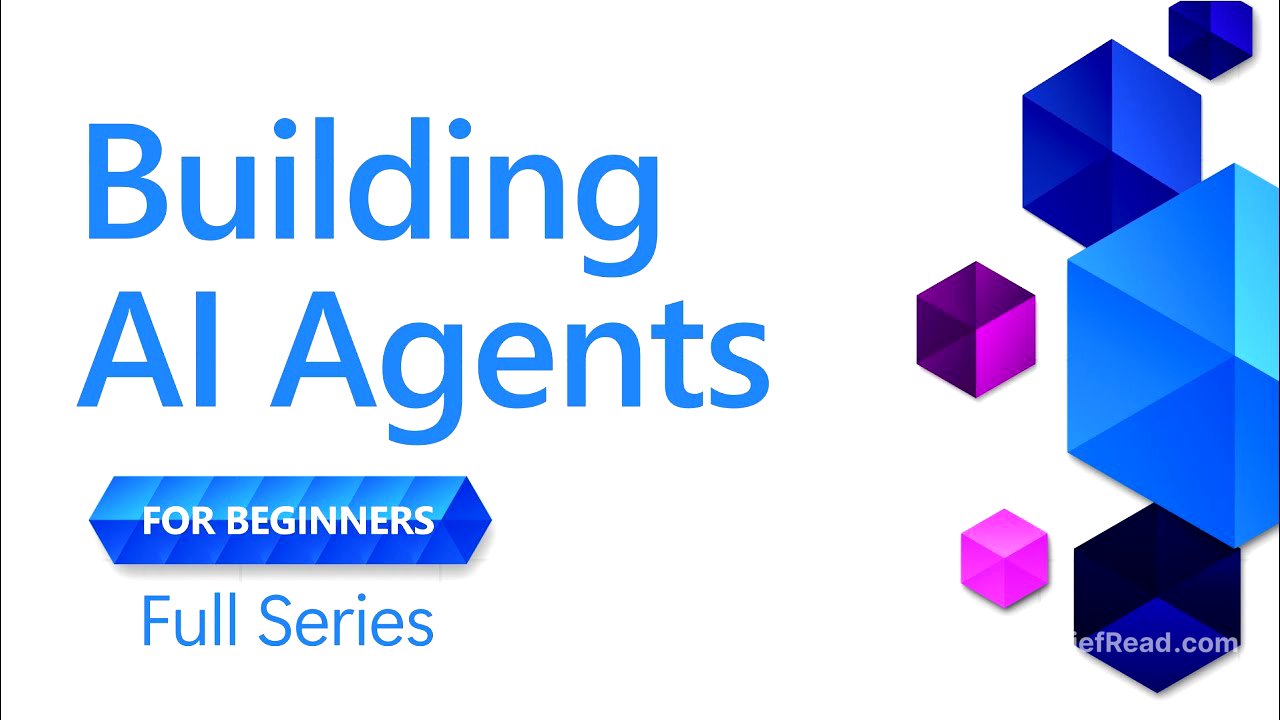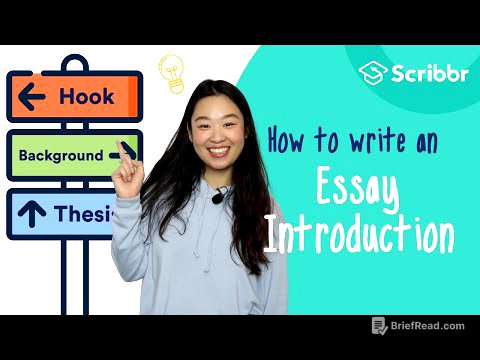TLDR;
This course provides a comprehensive guide to building AI agents, covering fundamental concepts, design patterns, and practical implementation. It starts with the basics of AI agents, their components, and use cases, then moves on to more advanced topics such as agentic frameworks, design principles, tool use, agentic RAG, and multi-agent systems. The course also emphasizes the importance of security, privacy, and continuous improvement through metacognition. Finally, it addresses the challenges of deploying AI agents to production, including evaluation, error handling, and cost management.
- Introduction to AI agents and their components (LLMs, memory, tools).
- Exploration of agentic frameworks (Azure AI Agent Service, Semantic Kernel, Autogen) and their use cases.
- Design principles for creating effective AI agents, focusing on space, time, and core.
- Implementation of design patterns like tool use, agentic RAG, and planning.
- Strategies for building trustworthy AI agents, including system message frameworks and human-in-the-loop architectures.
- Techniques for improving AI agents through metacognition and continuous learning.
- Guidance on deploying AI agents to production, including evaluation, error handling, and cost management.
Introduction [0:00]
The video introduces an AI agents for beginners course, which aims to guide viewers from understanding the concept of AI agents to writing code for them. The course will cover the fundamentals of building AI agents. The video also accompanies a written lesson that includes translations and a code sample.
Lesson 1 What are AI agents? [0:00]
An AI agent consists of a large language model (LLM) for reasoning, memory (short-term and long-term), and tools (services accessed by APIs, data, or functions). The LLM identifies tasks, creates plans, and performs actions. Memory helps the agent improve over time. Tools provide access to services and data. As a code example, the video uses Semantic Kernel and GitHub models to create an agent that suggests random travel destinations. The agent interacts with the user in natural language, remembers previous suggestions, and avoids repeating them.
Lesson 2 Which agent framework to use [5:55]
Agentic frameworks are tools that provide more control over task management, contextual understanding, and agent collaboration. The video focuses on three frameworks: Azure AI Agent Service, Semantic Kernel, and Autogen. Azure AI Agent Service is designed for single agents and integrates well with Azure services. Semantic Kernel is an enterprise-focused framework with support for multiple languages and connectors. Autogen is focused on research and experimentation with the latest agentic research. The video includes code samples for each framework, demonstrating how to define agents, assign tools, and interact with users.
Lesson 3 How to design good AI agents [14:14]
A good AI agent should consider space, time, and core. Space refers to the environment the agent operates in, focusing on connecting events, people, and knowledge. Time refers to how the agent operates over time, improving through past events and reflection. Core refers to embracing uncertainty by providing users with visible controls and feedback tools. The video demonstrates how to apply these principles in code by making the agent's capabilities and limitations clear to the user through specific instructions and suggestions.
Lesson 4 What is the Agent Tool Use Design Pattern? [19:35]
The tool use design pattern allows LLMs to interact with external tools to complete tasks. This pattern enables AI agents to perform tasks that require real-time information or specific functions. The video demonstrates how to use tool calling in Semantic Kernel to access different data sources and functions. The agent can interpret natural language, use the appropriate tools, and provide relevant information to the user.
Lesson 5 What is agentic RAG? [25:47]
Agentic RAG (Retrieval Augmented Generation) enhances basic RAG by enabling the agent to analyze queries, create plans, and use data sources and tools to answer complex questions. The agent can verify if the retrieved information is sufficient and repeat the process until it is. The agent also maintains long-term memory of the process, improving its ability to answer queries over time. The video demonstrates how to implement agentic RAG using Semantic Kernel and Azure AI Search, combining retrieval with tool calling to answer complex user queries.
Lesson 6 How to build effective AI agents [33:03]
Building effective AI agents involves using a system message framework to set clear instructions and iterate on prompts. A system message framework involves creating a system message for generating system messages for other AI agents. The video also covers the human-in-the-loop architecture, which enables human approval or intervention in the multi-agent cooperation. The video demonstrates how to use a system message framework to build more specific and detailed prompts for AI agents.
Lesson 7: What is the AI Agent Planning Design Pattern? [38:54]
The planning design pattern involves having an AI agent list the subtasks that make up a more complex task. This pattern is particularly useful when working with multiple agents, where each subtask is completed by a separate agent or process. The video demonstrates how to use the planning design pattern to create a travel plan, breaking it down into subtasks such as booking flights, hotels, and activities. The video also shows how to use Pydantic to validate the data structure of the agent's response.
Lesson 8 How to use a multi-AI agent system [44:20]
The multi-agent design pattern involves multiple AI agents working together to complete a common goal or task. There are different design patterns that apply depending on their goal, including group chat, handoff, and collaborative filtering. The video demonstrates how to use a multi-agent system with a reviewer/checker pattern, where one agent produces content and another agent reviews it. The video also shows how to define a termination function to end the interactions between the agents.
Lesson 9 How can AI agents improve? [51:22]
Metacognition, or thinking about thinking, allows AI agents to use data and analysis to identify errors and make improvements in their plannings and responses. This enables improvements over time, making them more unique from basic applications using LLMs or API calls. The video demonstrates how to mimic metacognition by having the agent maintain a customer preferences object and reflect on past interactions before making suggestions.
Lesson 10 How to deploy AI agents into production [58:32]
Deploying AI agents to production involves evaluations of the AI agents. To evaluate AI agents properly, you need to look at the entire system that the AI agent operates in and set up evaluation points at each step. The video demonstrates how to handle errors by providing backup functions and directing the agent on how to handle those errors.









